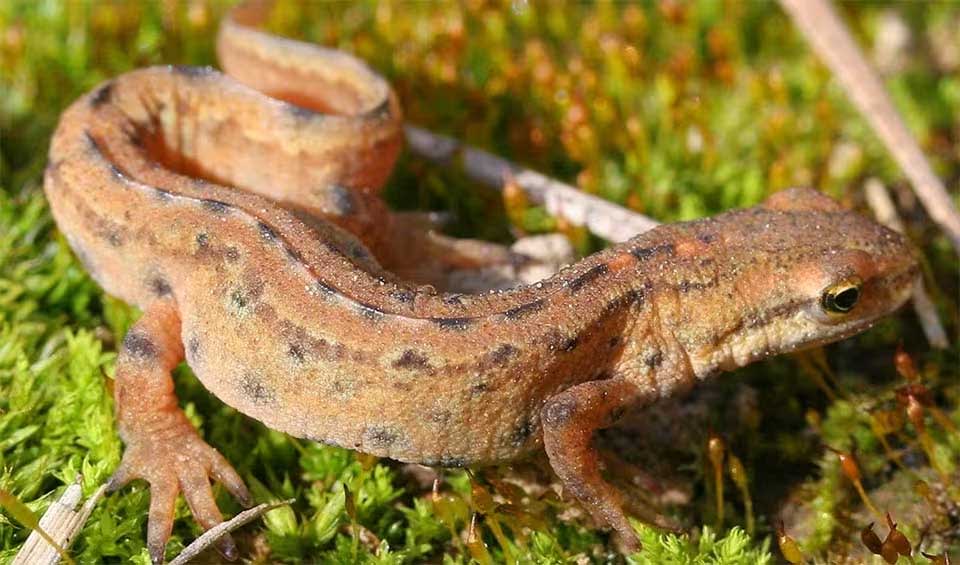Czechia, nestled in the heart of Central Europe, boasts remarkable biodiversity and abundant natural resources. Its landscape is a crossroads where four bio-geographical subprovinces meet, contributing to a wide range of animal and plant species and habitats. The diversity of geological formations within the country is reflected in the recording of almost 80,000 species within its borders.
The nation also has arable land, extensive forests covering about 33.8% of its territory, and valuable minerals like kaolin and graphite. The forests, including those that are under protection, such as Šumava National Park, are essential for preserving ecological equilibrium and promoting biodiversity.
Four pillars elaborated:
Czechia, a landlocked country bordered by four neighboring nations, has a land area of almost 79,000 km² (30,502 mi²). Protected areas in Czechia cover a total of 17,259 km² (6,664 mi²) on land and include various sites designated under national laws and as Natura 2000 sites. In total, there are 3,878 protected areas, with 2,725 sites designated nationally and 1,153 recognized as Natura 2000 sites. These Natura 2000 sites are designated under the Birds Directive, which includes 41 Special Protection Areas, and the Habitats Directive, which includes 1,112 Sites of Community Importance. Land Management
Land Management
Urbanization, intensive agriculture, forest management, and new transport infrastructure development significantly impact many areas in Czechia. While the country boasts diverse landscapes and habitats, agricultural practices have both contributed to and detracted from this diversity. Intensive farming and landscape alterations lead to reduced species diversity, water runoff issues, and soil degradation, particularly due to water erosion, which threatens over half of the agricultural land. Greenhouse gas emissions have risen, largely due to mobile sources like road transportation, while other emission categories have either decreased or remained stagnant. This rise is fueled by energy-intensive production, solid fuel use, and a low proportion of nuclear and renewable energy sources. Threats to Biodiversity
Threats to Biodiversity
Czechia implements various policies and legislation to support biodiversity conservation. This includes participation in the Pan-European Forest Certification system and the National Forest Programme (NFP). National laws cover areas such as environmental impact assessment, breeding conditions, genetic resource conservation, and protection of endangered species. Financial support from the Ministry of the Environment aids in landscape management, urban areas, Natura 2000 sites, and restoration of natural landscape functions. Agro-environmental measures in High Nature Value areas receive funding through the Government’s Rural Development Plan, supplemented by international funding from Norway and the EU’s LIFE+ Programme. NBSAP integration spans multiple ministries, leading to improved transport infrastructure, increased renewable energy production, and erosion mitigation efforts. Capacity and Governance
Capacity and Governance
Czechia is implementing various future biodiversity plans to promote conservation and sustainable management practices. These plans encompass supporting forest certification, implementing the National Forest Programme, enforcing national legislation related to biodiversity conservation, providing financial support for biodiversity programs, and utilizing international funding sources such as Norway and the EU for preservation efforts. Additionally, the country aims to mainstream the National Biodiversity Strategy and Action Plan across different ministries to address biodiversity concerns comprehensively, including initiatives to improve environmental quality in transportation infrastructure and increase renewable energy production while addressing issues like wind and water erosion. Future Trends
Future Trends
Biodiversity
The Bohemian Forest (Šumava) and the Ore Mountains (Krušné hory) are significant ecological regions in Czechia. These mountainous areas are characterized by dense forests of spruce, fir, and beech, providing habitats for species such as the Eurasian lynx, red deer, and wild boar. The Bohemian Forest is particularly notable for its pristine natural environment, hosting a variety of bird species like the capercaillie, black stork, and the pygmy owl. The diverse plant life in these forests includes numerous types of ferns, mosses, and wildflowers.The country’s wetlands, such as those found in the Třeboň Basin and the Elbe River floodplains, are crucial for biodiversity. These wetlands support a variety of aquatic plants and provide critical breeding grounds for amphibians, reptiles, and numerous bird species. Notable birds include the white stork, common crane, and various species of ducks and geese. The wetlands are also home to species such as the European pond turtle and the Eurasian otter.
In the table below are the number of known species in several main groups, how many of these species are Threatened with extinction, and how many of them are Endemic (unique to Czechia only):
| Species (World rank) |
Threatened | % Threatened | Endemic | % Endemic | |
|---|---|---|---|---|---|
| Mammals | 78 (#145) | 3 | 3.8% | ||
| Birds | 282 (#137) | 10 | 3.5% | ||
| Reptiles | 13 (#174) | ||||
| Amphibians | 21 (#96) | ||||
| Fishes | 80 (#194) | 4 | 5.0% | ||
| Plants | 2,689 (#134) | 26 | 1.0% | 6 | 0.2% |
mammals
Moose
They are so tall, that they prefer to feed on higher shrubs and grass, as lowering their head to the ground can be difficult!
Eurasian beaver
The furry flat-tailed mammal that builds its own aquatic empire
Eurasian lynx
Once widespread throughout most of Europe, by now extinct in most of Western and Central Europe
birds
White-tailed eagle
Extinct and reintroduced – What’s the story behind these so-called ‘flying barn doors’?
Bearded vulture
The only living creature that feeds on bone marrow from carcasses in high and inaccessible mountain areas
Redwing
In Iceland, its arrival is eagerly awaited as it signifies the end of the harsh winter
reptiles
European adder
A venomous snake native to Britain and found all across Europe
Viviparous lizard
One of the few reptiles that can not only lay eggs but also give birth to live young
European pond turtle
At the first sign of danger, it will quickly dive into the water and hide
amphibians
Smooth newt
They have the ability to regenerate lost limbs and other body parts, a superpower in the animal kingdom!
Common frog
It is one of the most widespread and familiar amphibians in Europe
Common spadefoot
Can produce a peculiar garlic-like smell when threatened, which acts as another line of defense to deter predators
National Animals
Lion
Tufted-tailed Simba in the plight
Common kingfisher
Possessed with special visual adaptations to catch fish


















